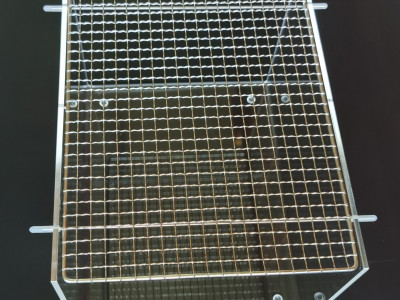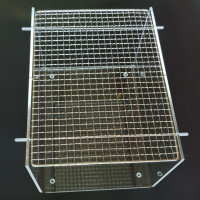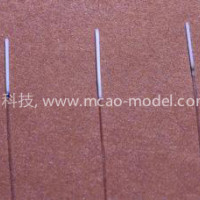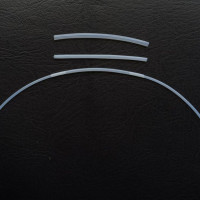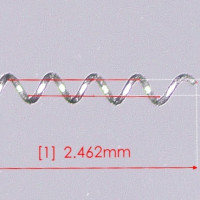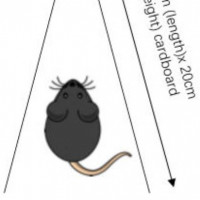
The foot-fault test, also known as grid walking test, assesses motor function and limb coordination in rodents. Basically, animals are placed on an elevated grid with square openings and allowed to move across the grid. They move around the grid by placing feet on the wire frame. If the paw falls from or slips off the frame, one foot-fault is recorded. The total number of steps it takes to cross the grid and the foot fault for each limb are quantified. Sham controls have few foot faults with no bias toward either side, while mice with stroke display increased foot-faults toward the contralateral side. To reduce individual variation, a pre-stroke test should be performed to customize the post-stroke result.
The foot-fault test has been used to study limb coordination in ischemic stroke. Short-term studies revealed that mice made significantly more foot-faults at day 2 after MCAO compared to sham controls, indicating acute coordination deficits. The coordination deficits can be observed up to 90 days after stroke. Compared to wildtype controls, mice with attenuated astrocyte reactivity displayed substantially more foot-faults up to 4 weeks after MCAO, indicating slower recovery.64 Similarly, the foot-fault test is also able to detect short-term and long-term deficits in ischemic rats. It was reported that increased foot-faults were observed in rats at days 2-28 after MCAO. In addition, rats exhibited increased foot faults in a hypoxia–ischemia model and the motor coordination deficits could still be detected 5 weeks after surgery. These findings suggest that the foot-fault test is sensitive enough to detect both short-term and long-term motor coordination deficits in ischemic stroke.
The foot-fault test has also been used to detect limbs deficits in hemorrhagic stroke. Increased foot-faults were observed in mice at days 3 and 7 after ICH, indicating shortterm coordination impairment. Similar results were reported in ICH mice 2 and 3 weeks after stroke, indicating long-term coordination deficits. Like mice, rats also displayed limb deficits at both acute (day 1) and chronic (day 21) phases after ICH. In addition, rats also showed increased foot-faults 2 weeks after SAH. These results suggest that the foot-fault test is also useful in the assessment of motor coordination deficits in hemorrhagic stroke.
The foot-fault test is effective and objective in assessing motor function and limb coordination. Similarly, it can also evaluate long-term stroke outcome in both ischemic and hemorrhagic models.
 Currency:
Currency:  Language
Language
